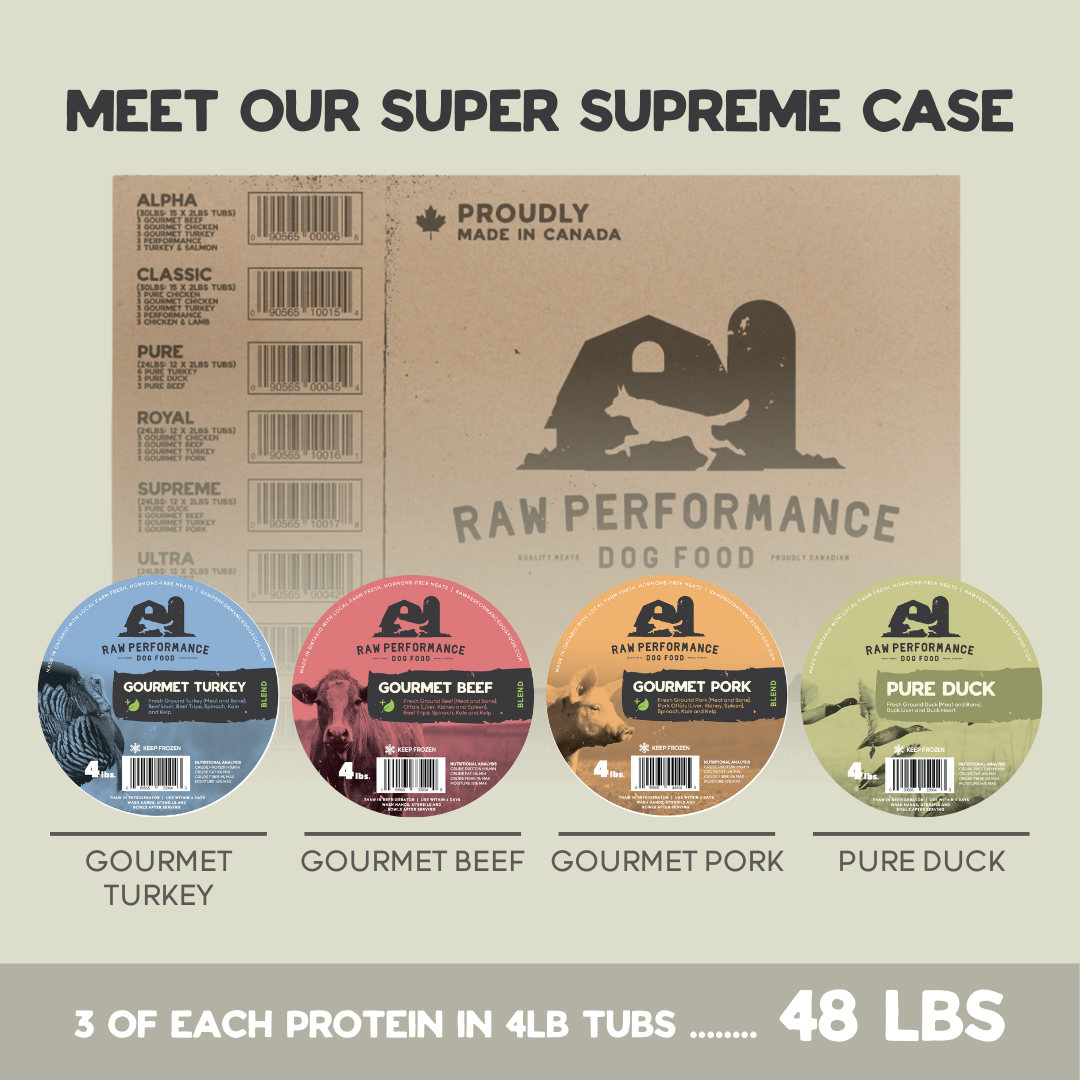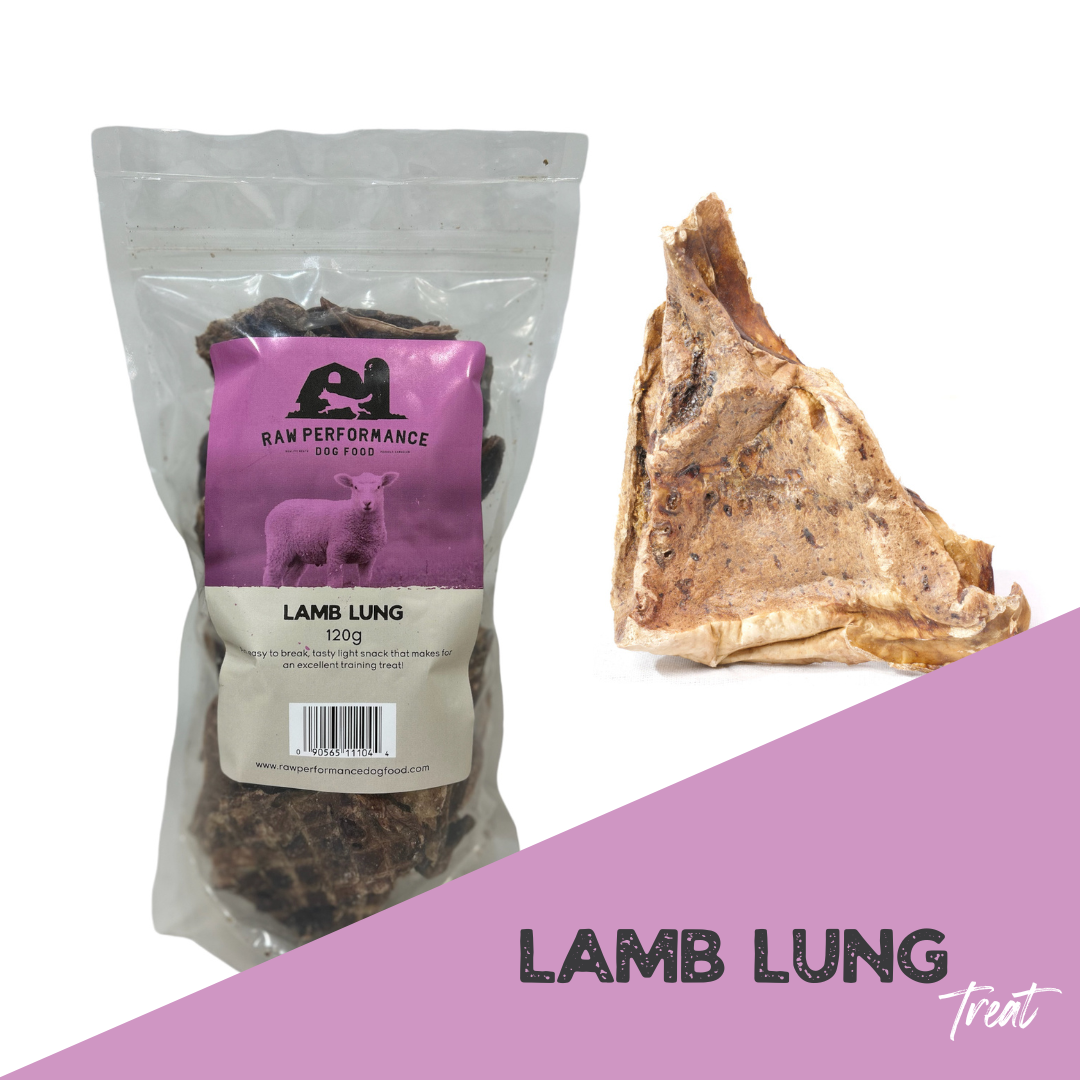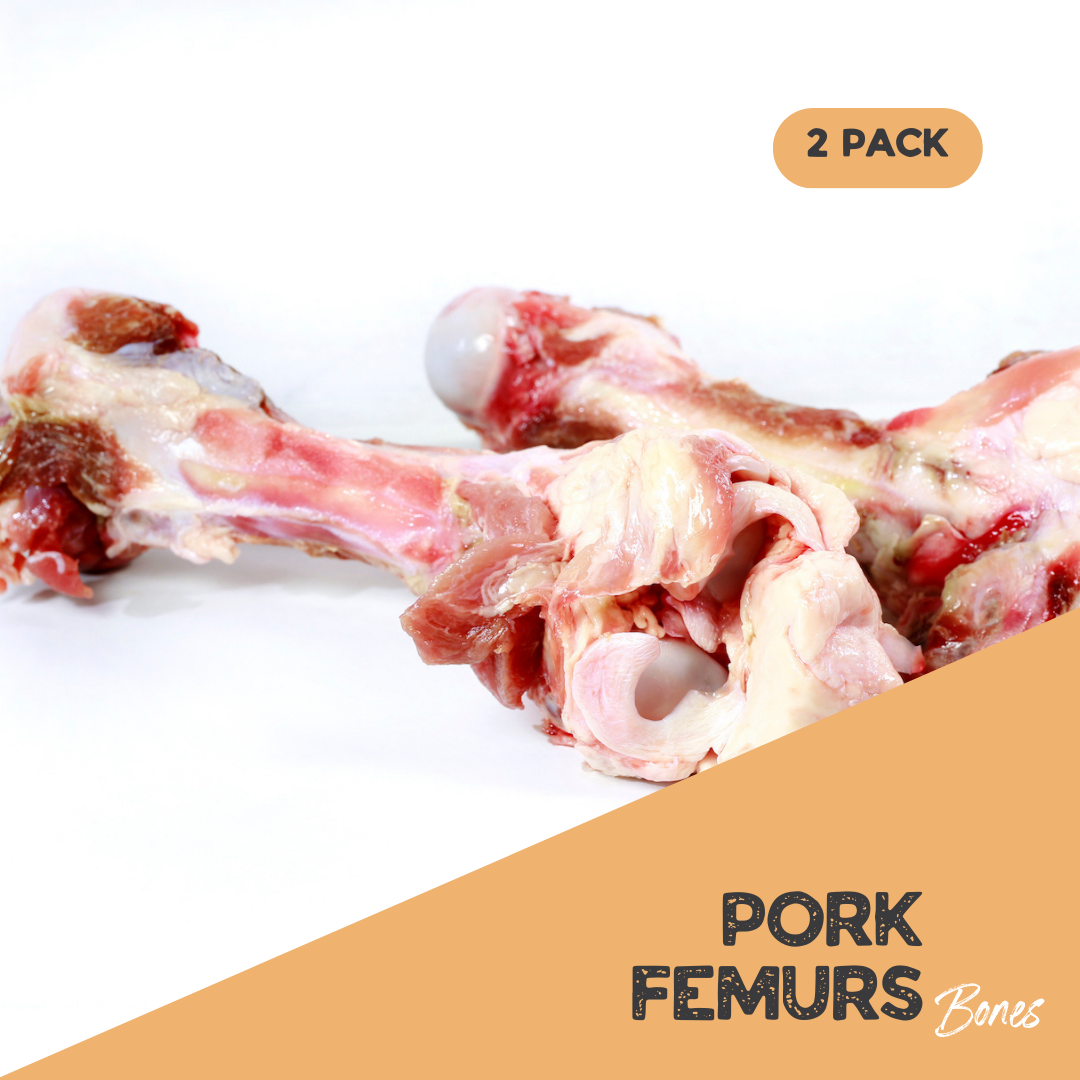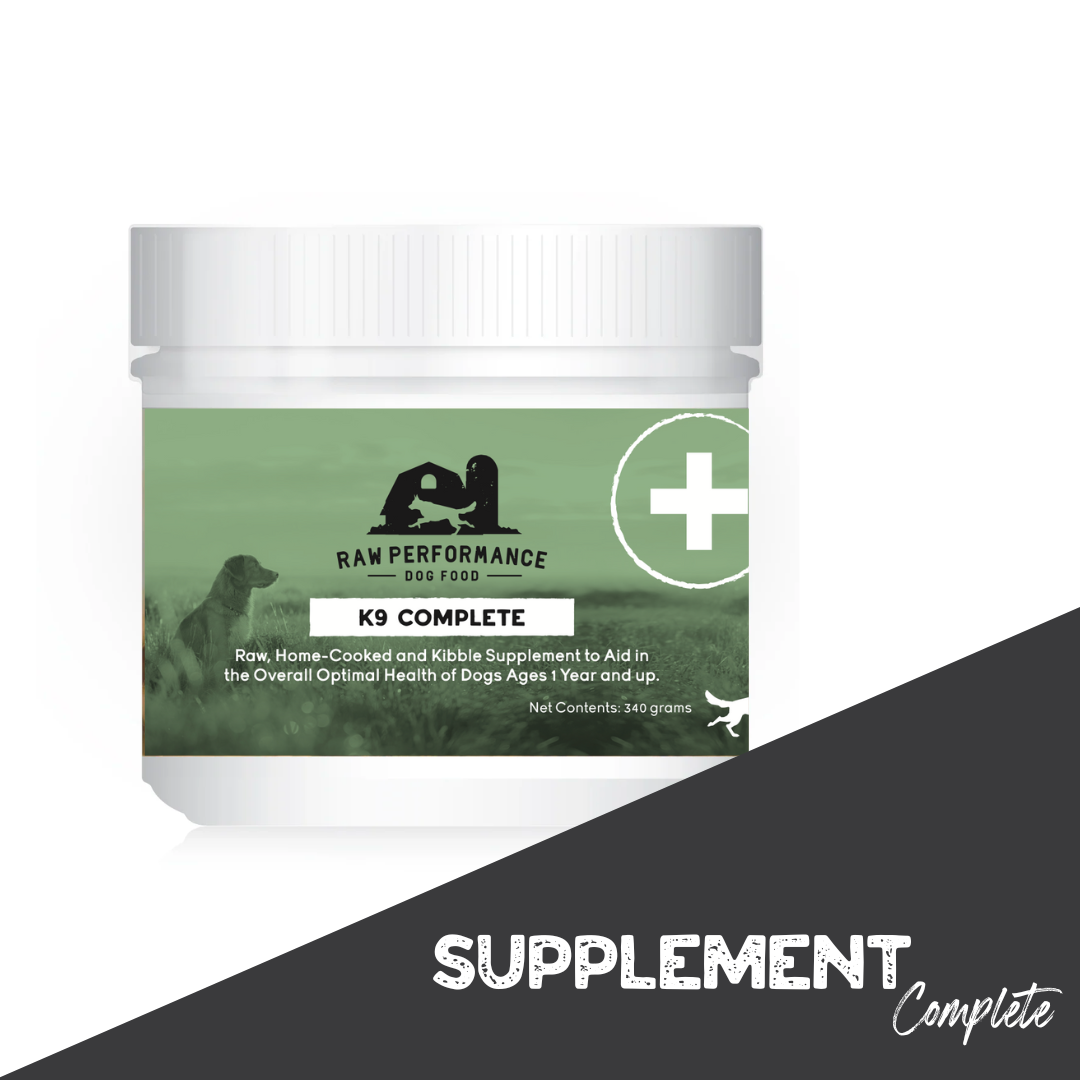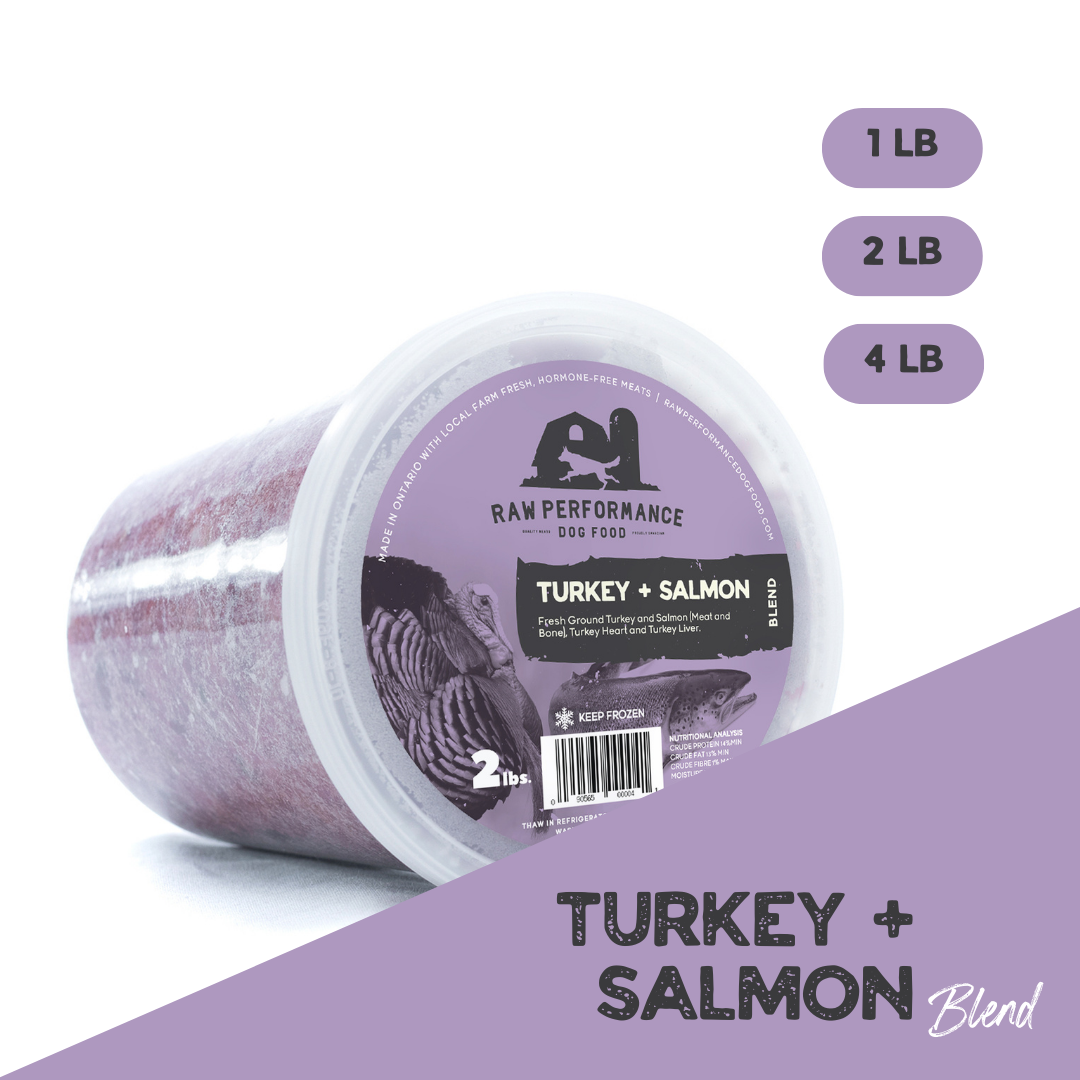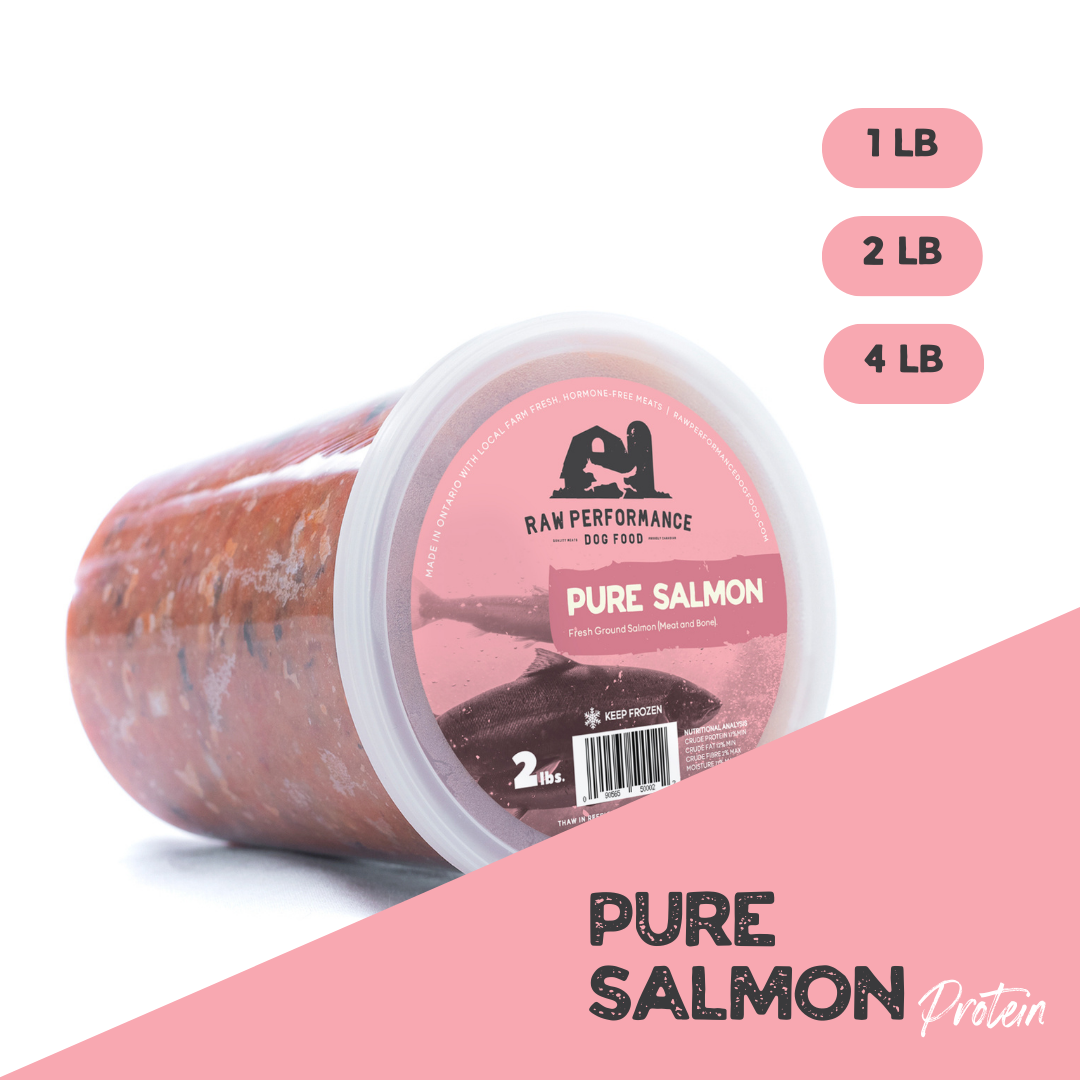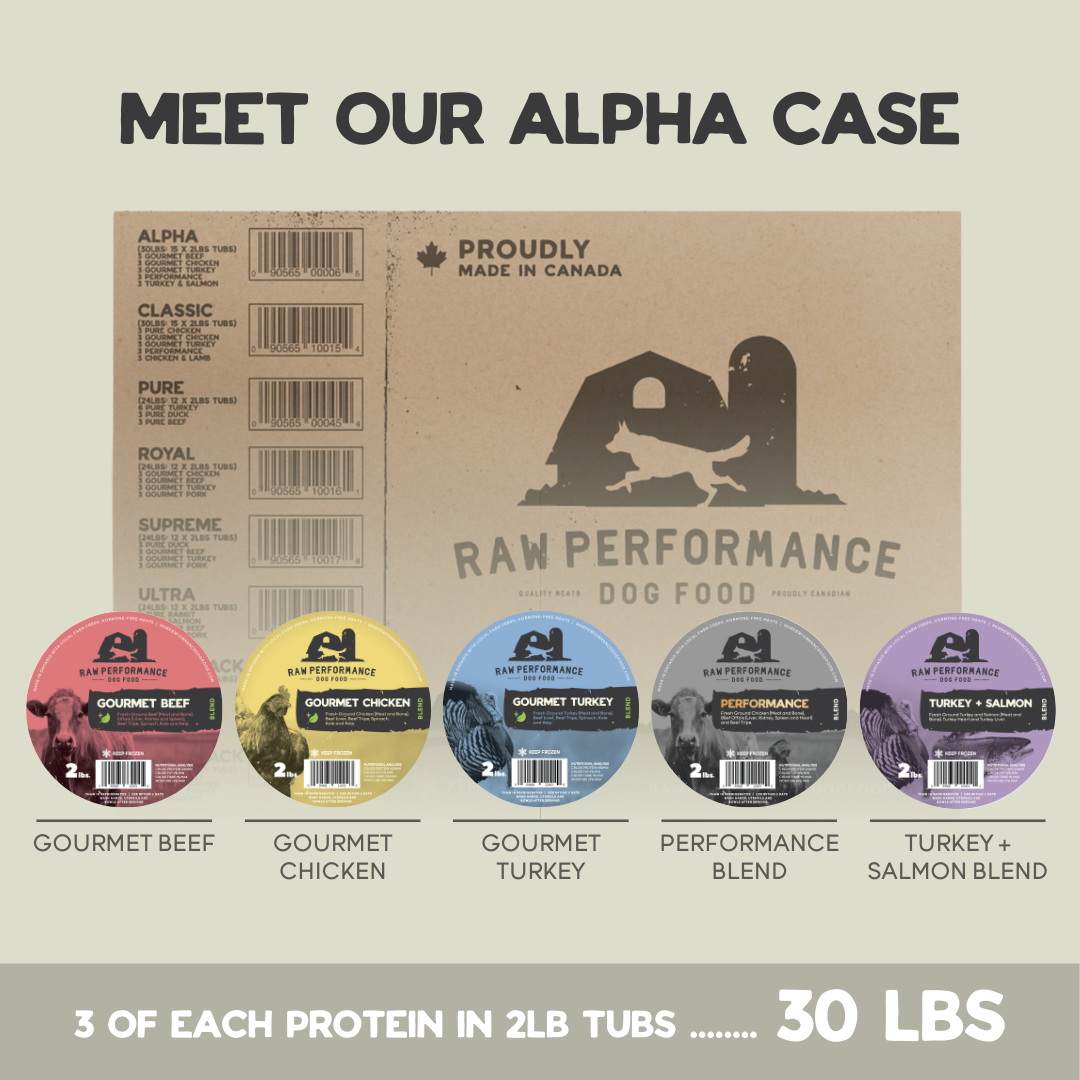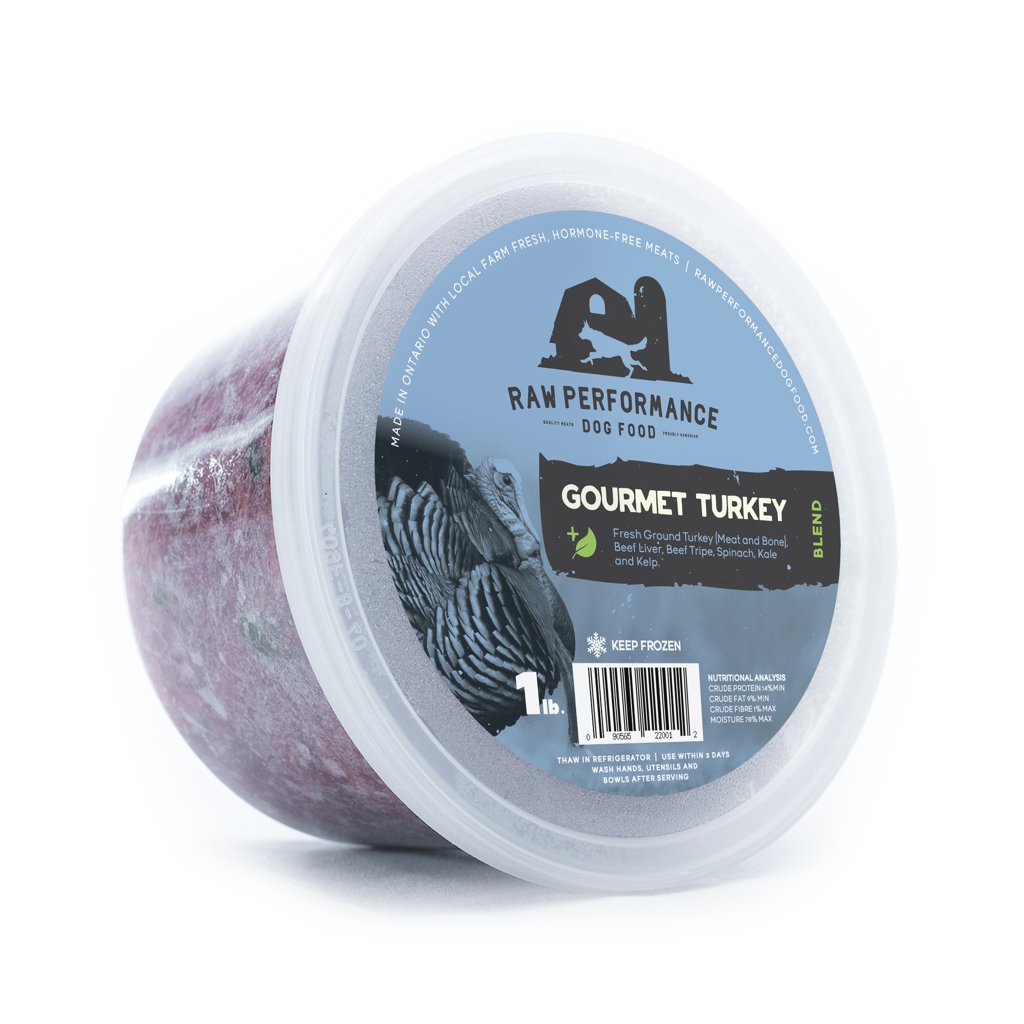Why Raw?
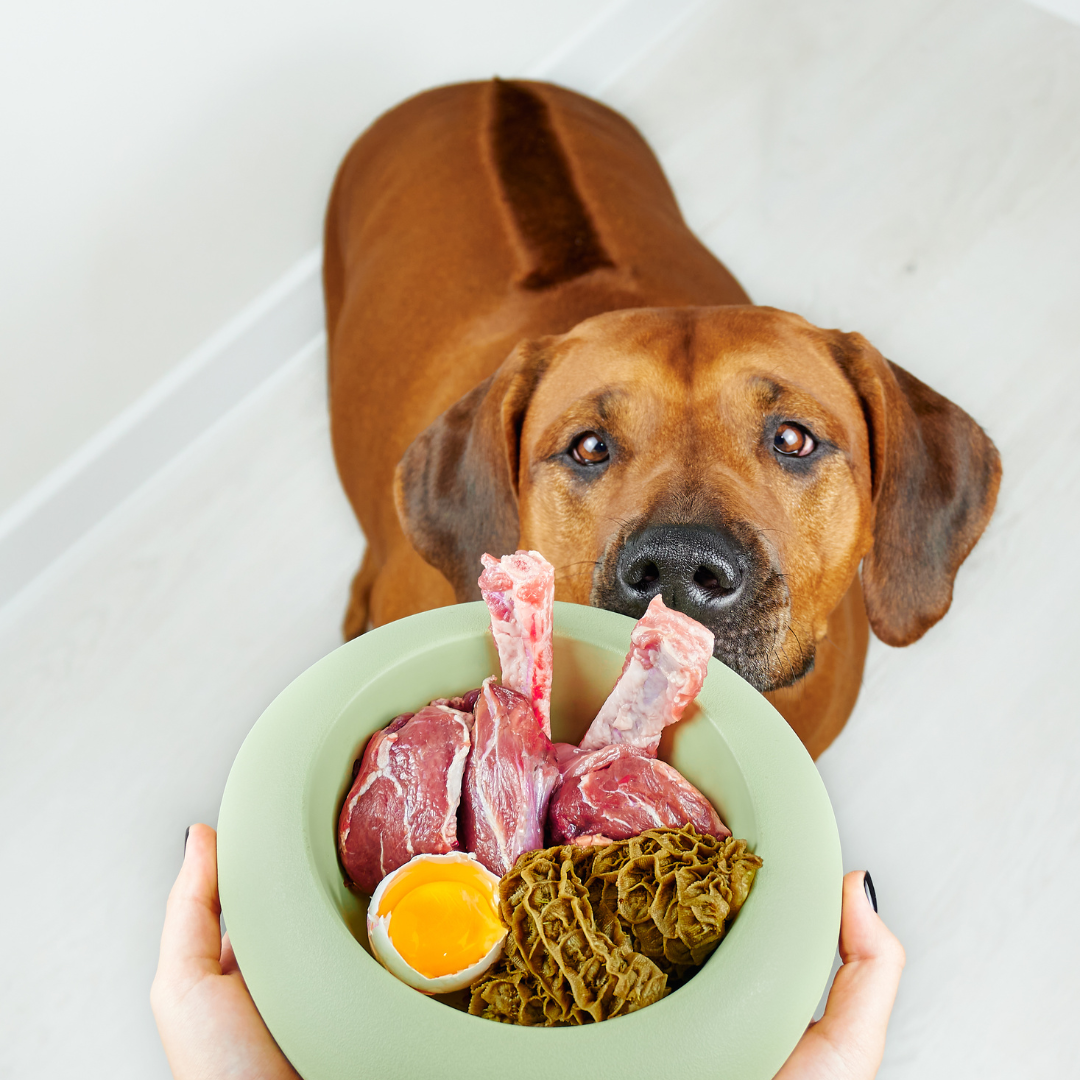
Raw diets are typically rich in enzymes and natural nutrients that support healthy digestion. Many pet owners report that their pets experience fewer gastrointestinal issues, such as bloating and diarrhea, when switching to a raw diet. The natural ingredients can promote better nutrient absorption and regular bowel movements.

A raw diet can lead to a shinier, healthier coat and improved skin quality. The omega fatty acids found in raw meats and fish help to nourish the skin and reduce issues like dryness and irritation. Many pet owners notice a reduction in shedding and a decrease in allergies or skin conditions after transitioning to a raw diet.

Raw diets can aid in maintaining a healthy weight for your pet. By providing a diet rich in high-quality protein and low in carbohydrates, pets can achieve a balanced weight more easily. This is particularly beneficial for overweight pets, as a raw diet can help them shed excess pounds while maintaining muscle mass.
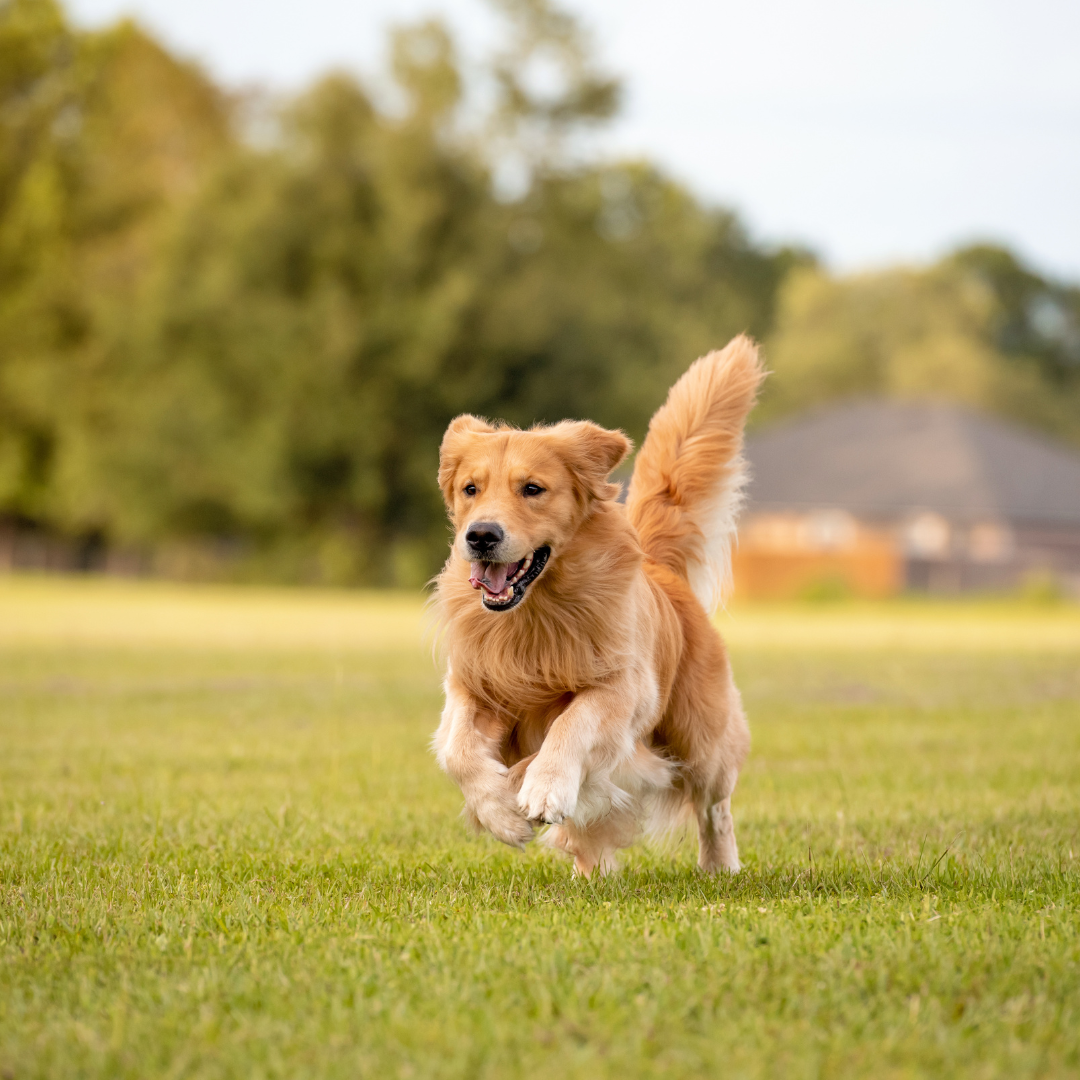
Pets on a raw diet often exhibit increased vitality. The natural ingredients found in raw meals can boost overall health, leading to more active pets. This can enhance their quality of life and promote healthy playtime and exercise.
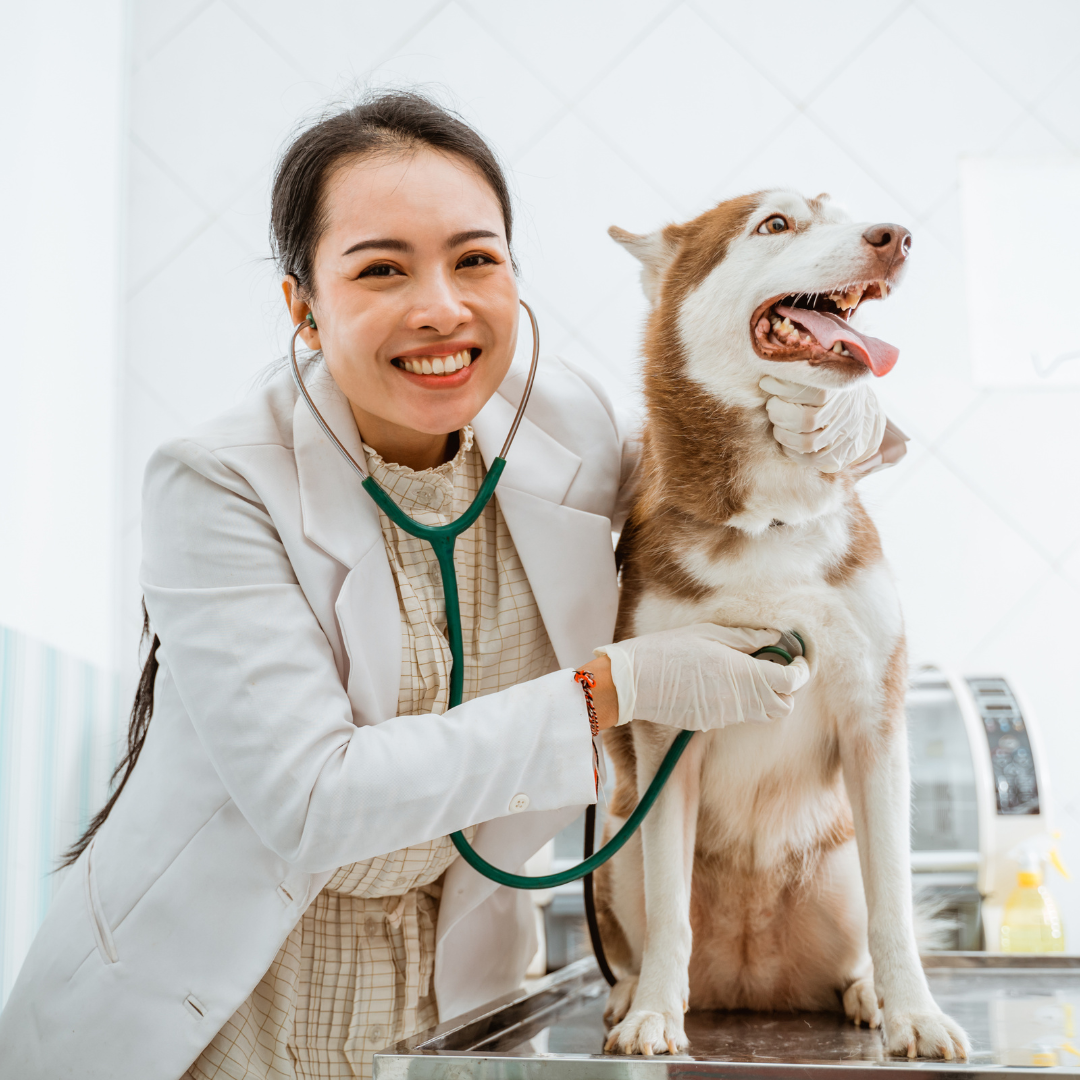
A well-balanced raw diet can strengthen your pet's immune system. The vitamins, minerals, and antioxidants present in fresh meats, fruits, and vegetables can help protect against illnesses and promote overall health. A robust immune system means fewer trips to the vet and a happier, healthier pet.

Chewing on raw bones can promote better dental health by reducing plaque and tartar buildup. The mechanical action of chewing helps keep teeth clean and gums healthy, leading to fresher breath and a reduced risk of dental disease.
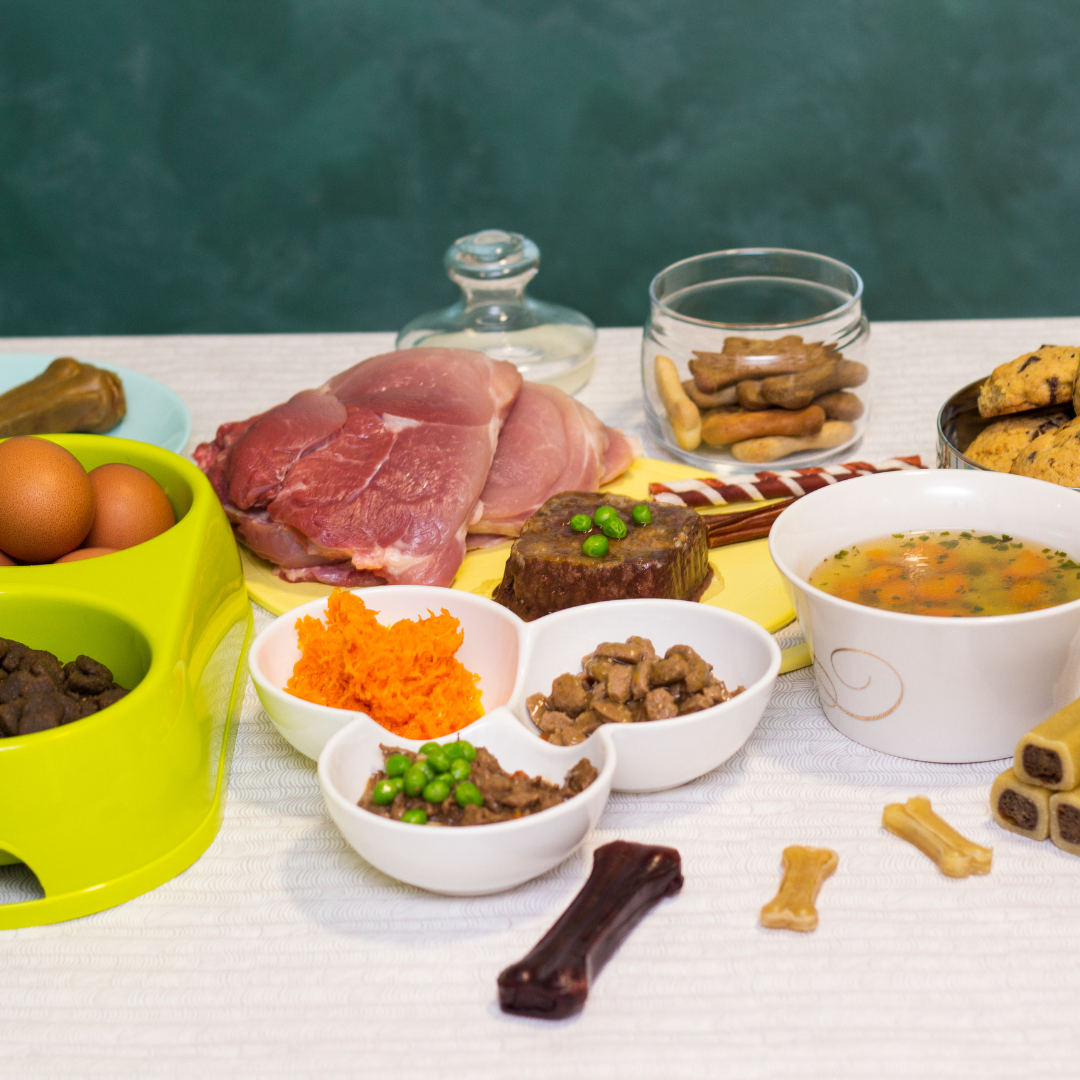
One of the significant advantages of a raw diet is the ability to customize meals to suit your pet’s specific needs. You can easily adjust ingredients based on your pet's preferences, dietary restrictions, and health requirements. This variety can make mealtime more exciting for your pet and ensure they receive a diverse range of nutrients.
Raw diets are typically rich in enzymes and natural nutrients that support healthy digestion. Many pet owners report that their pets experience fewer gastrointestinal issues, such as bloating and diarrhea, when switching to a raw diet. The natural ingredients can promote better nutrient absorption and regular bowel movements.
A raw diet can lead to a shinier, healthier coat and improved skin quality. The omega fatty acids found in raw meats and fish help to nourish the skin and reduce issues like dryness and irritation. Many pet owners notice a reduction in shedding and a decrease in allergies or skin conditions after transitioning to a raw diet.
Raw diets can aid in maintaining a healthy weight for your pet. By providing a diet rich in high-quality protein and low in carbohydrates, pets can achieve a balanced weight more easily. This is particularly beneficial for overweight pets, as a raw diet can help them shed excess pounds while maintaining muscle mass.
Pets on a raw diet often exhibit increased vitality. The natural ingredients found in raw meals can boost overall health, leading to more active pets. This can enhance their quality of life and promote healthy playtime and exercise.
A well-balanced raw diet can strengthen your pet's immune system. The vitamins, minerals, and antioxidants present in fresh meats, fruits, and vegetables can help protect against illnesses and promote overall health. A robust immune system means fewer trips to the vet and a happier, healthier pet.
Chewing on raw bones can promote better dental health by reducing plaque and tartar buildup. The mechanical action of chewing helps keep teeth clean and gums healthy, leading to fresher breath and a reduced risk of dental disease.
One of the significant advantages of a raw diet is the ability to customize meals to suit your pet’s specific needs. You can easily adjust ingredients based on your pet's preferences, dietary restrictions, and health requirements. This variety can make mealtime more exciting for your pet and ensure they receive a diverse range of nutrients.







Transitioning To Raw
Raw pet food is one of the healthiest changes you can make to your pets lifestyle. While raw pet food can be the right choice that doesn’t mean it needs to happen overnight. There are two common approaches when switching your pet to a raw diet.
Transitioning Immediately
Young, healthy adult dogs can quickly and easily adapt from a kibble based diet by being introduced a half-serving of raw after a 12-24 fast from kibble. Once the meal is thawed you can feed the first half, then wait 15 minutes. If your pet is happy and looking for more shortly after the half serving you can safely proceed with the remaining half not yet fed.
Transitioning Gradually
For older dogs or dogs with sensitivities you may want to extend the transition to a week, or multiple weeks.
You will want to start with serving the food above fridge temperature and with poultry protein as it is more easily digestible. A good strategy is to start with a quarter of your pets meal raw, slowly increasing to 50%, 75% over the following days or weeks until you smoothly transition to a fully raw diet.
Just like any person, no two dogs are alike, and you should be aware of your pets reaction and adjust accordingly.
After The Transition is Complete
It’s important to understand that whether this is an immediate or gradual change to a raw diet, it won’t necessarily be smooth sailing.
In the next two weeks your pet may have gas, nausea, and even diarrhea after switching to raw pet food. This is usually because the enzymes and gut biome of your pet is not yet adapted to a protein based diet. It is important to understand that your pets’ body need time to adapt. Here are some of the main differences your pet’s body is reacting to:
- Kibble is carbohydrate based, while raw is protein based, which will require your pet’s body to adapt digestive enzymes
- Kibble and other carbs expand in the stomach helping to create a filling sensation. As a raw diet is more calorically and nutritionally dense, the filling sensation is delayed which can temporarily lead to overeating and stomach sensitivity as a result.
- Your pets body is working less to digest raw compared to kibble. As kibble is a dry carb the body has to engage the digestive system more strenuously to create bile and effectively process the food. The same is not true with raw food as it is up to 70% water, be patient with your pet and their possible gas while their stomach adapts to producing less digestive fluid.
Dog Food, Treats, Bones, Supplements & More
Shop
Consult a veternatian before switching your pet to a raw diet if they are on medication or have any underlying conditions. No two dogs are the same and you should always take increased care when introducing your pet to anything new. Always do your research and please consult a veterinarian if you are concerned about your animals well-being or the side effects of the transition to raw persist beyond two weeks.
Interested in Adopting a New Addition to Your Family?Contact Us
Have a question?
One of Steady Strides Representatives will get back to you as soon as possible!


